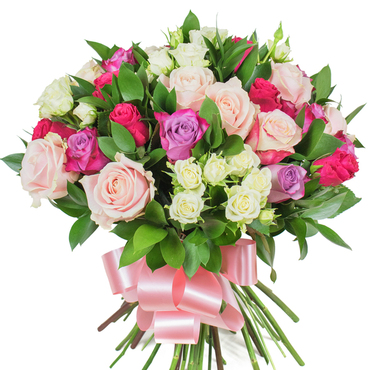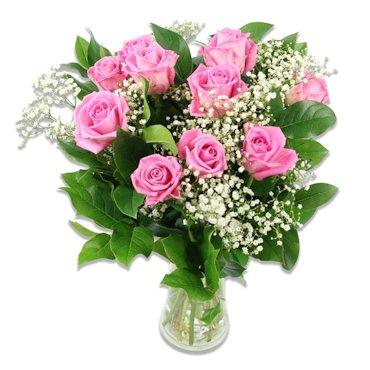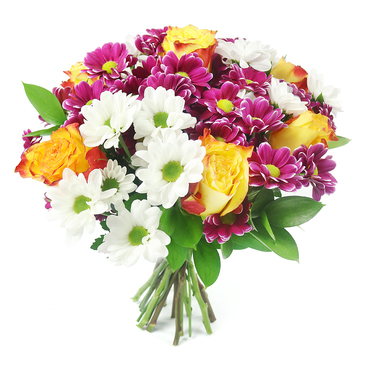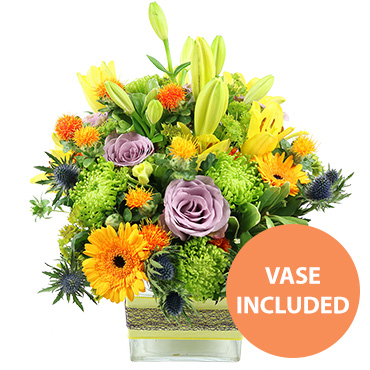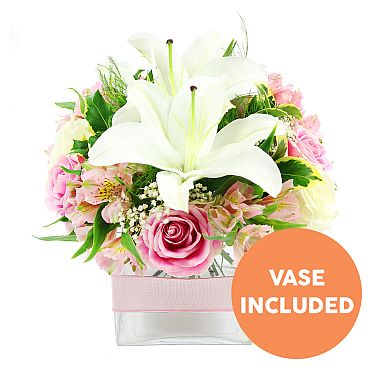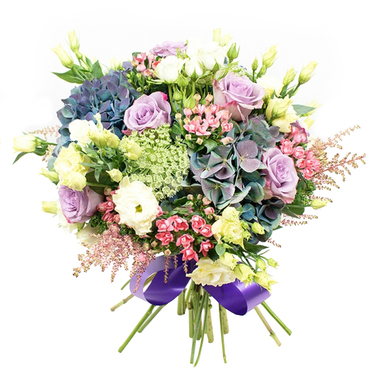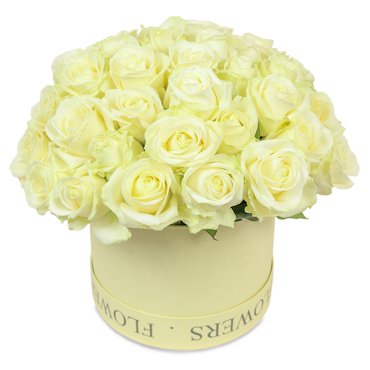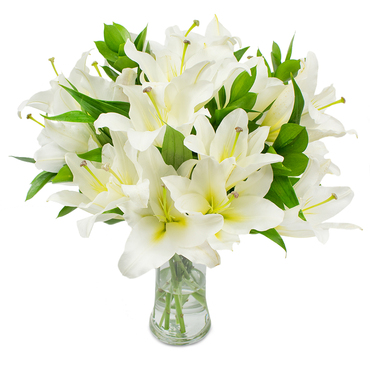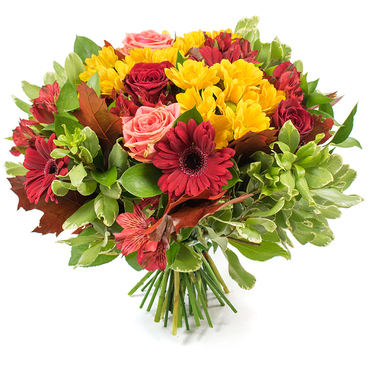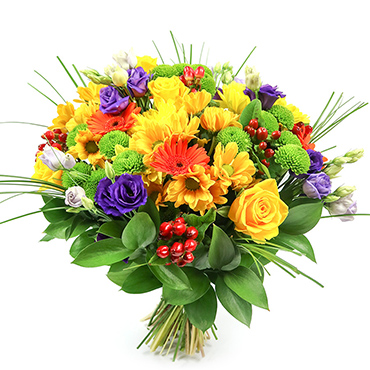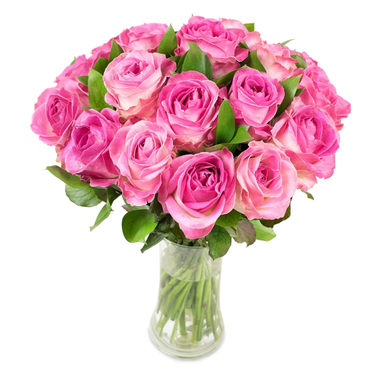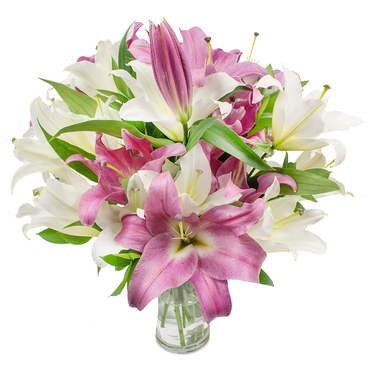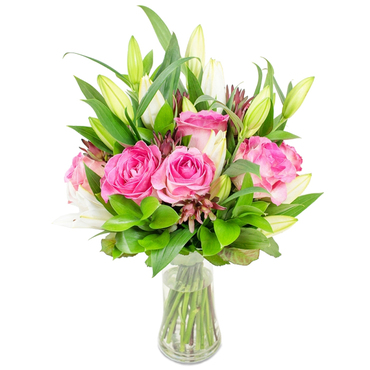Delve into the Hidden World of Orchids and Their Intriguing Features
Posted on 24/04/2024
Orchids are often regarded as one of the most beautiful and captivating flowers in the world. With over 28,000 known species and more being discovered every year, these exotic flowers have taken on a mythical status in the minds of many. Their unique shapes, colors, and fragrance have captivated people for centuries, leading to their widespread cultivation and popularity. But beyond their aesthetic appeal lies a hidden world of orchids with intriguing features that make them truly fascinating.
From their ability to survive in unconventional habitats to their symbiotic relationships with insects, orchids are full of surprises. In this article, we will delve into the hidden world of orchids and explore some of their most intriguing features.
Survival Tactics
One of the most remarkable things about orchids is their ability to thrive in harsh conditions that would be challenging for other plants. This is due to their highly adaptive nature and ability to form specialized organs such as pseudobulbs and aerial roots. Pseudobulbs are thickened stems that store water and nutrients, enabling orchids to survive during periods of drought. Aerial roots also play a crucial role in survival by absorbing moisture from the air.
Some orchid species have developed even more impressive tactics for survival. The bucket orchid (Coryanthes sp.) has evolved a unique mechanism where it captures and retains rainwater inside its flower for up to six hours. This adaptation not only ensures its own survival but also makes it possible for other organisms, such as tree frogs, to live within its protective canopy.

Symbiotic Relationships
Another fascinating aspect of orchids is their symbiotic relationships with insects. Many orchid species depend on specific insects for pollination, while others have formed partnerships with fungi to provide essential nutrients for growth. For example, vanilla orchids rely on only one species of bee (Melipona) for pollination while lady's slipper orchids use mushroom fungi to survive in nutrient-poor soils.
Orchids have also developed unique ways to attract their pollinators. Some emit a scent similar to the female insect pheromones, while others mimic the appearance of the female insect itself. This clever trickery ensures that the right pollinator is attracted and enables successful reproduction for the orchids.
Diversity in Colors and Shapes
One of the most alluring aspects of orchids is their incredible diversity in colors and shapes. From delicate white flowers with intricate patterns to bold purple blooms with velvety textures, there is an orchid for every taste. The incredible variety of colors and shapes has led to orchids being highly sought after by collectors and gardeners alike.
But what makes the multitude of colors and shapes possible? Orchids have specialized adaptations such as lip-like structures that serve as landing platforms for insects, modified petals known as sepals that protect the flower's reproductive parts, and long tubes that act as nectar guides for pollinators. These features not only add to their beauty but also serve practical purposes in their survival and reproduction.
Pros and Cons of Orchid Ownership
For those who are considering adding an orchid to their collection or starting a new hobby in orchid cultivation, it's important to consider both the pros and cons.
Pros:
1. Low Maintenance - Contrary to popular belief, many orchids are easy to care for and require minimal maintenance once established.
2. Long-Lasting Blooms - Depending on the species, orchids can have blooms that last anywhere from a few weeks to several months.
3. Exotic Beauty - With their unique shapes, colors, and fragrances, orchids make a beautiful addition to any home or garden.
Cons:
1. Specific Growing Conditions - Different species of orchids have specific environmental requirements, making it essential to research which type is best suited for your climate.
2. Prone to Diseases - Improper watering and fertilizing can make orchids vulnerable to fungal and bacterial infections.
3. Fragile Roots - Orchids' aerial roots are delicate and can easily be damaged if not handled carefully.
Tips for Orchid Care
Here are a few tips to help you successfully grow and care for your orchids:
1. Research the species of orchid you want to grow, and understand its specific environmental needs.
2. Use a well-draining potting mix, and avoid overwatering to prevent root rot.
3. Fertilize sparingly using a balanced orchid fertilizer.
4. Keep an eye on pests, such as aphids or mites, which can quickly damage delicate orchids.
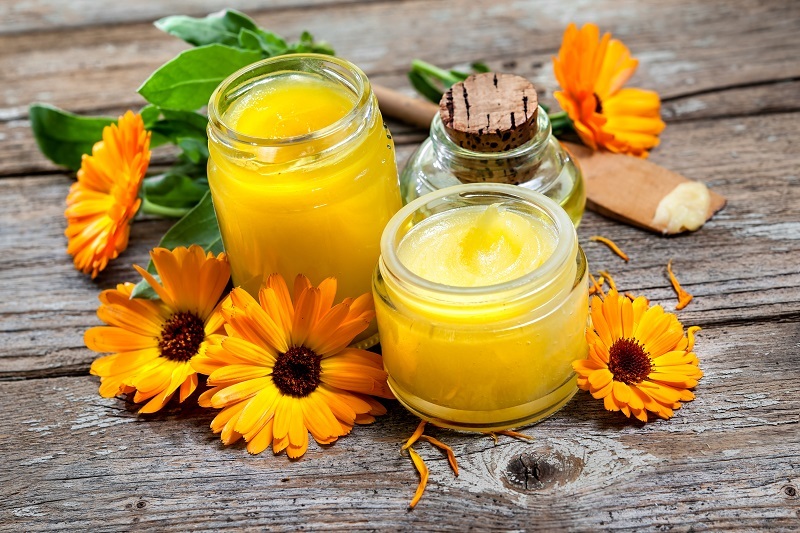
Takeaways
Orchids are fascinating plants with unique adaptations for survival, symbiotic relationships with insects, and diverse colors and shapes. While owning an orchid may have its challenges, their exotic beauty makes them a highly sought-after addition to any home or garden. With proper care and attention, anyone can enjoy the wonders of the hidden world of orchids.
Conclusion
In conclusion, delving into the hidden world of orchids reveals a fascinating array of features that make these flowers truly captivating. From their ability to thrive in unconventional habitats to their clever tactics for survival, it's no wonder that they have captured our imaginations for centuries. Whether you're a seasoned orchid collector or new to the world of plants, there is always something new to discover in this mysterious and beautiful world of orchids.





